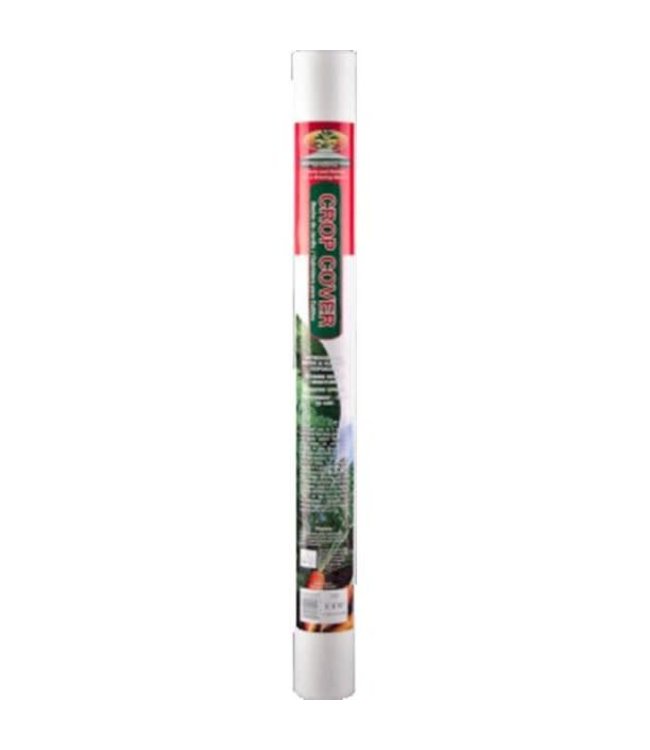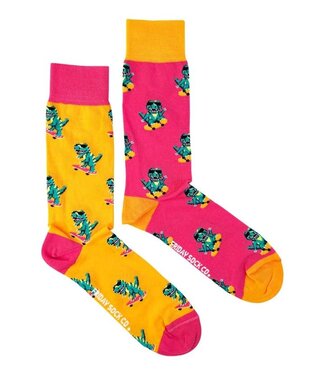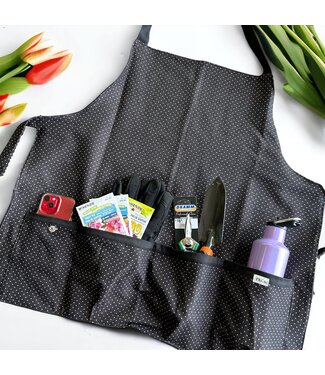Crop Cover is an essential solution to help gardeners and farmers ensure that our plants are growing well and stay healthy.
We make sure to use all the proper soil and fertilizers, constantly check on, and evaluate our plants to make sure that there are no signs of insects or diseases.
So once the season starts to near the end and the threat of frost starts to creep in, it’s time to start thinking of how to extend that season and protect the crops as long as possible. This is where crop covers come in.
For those who live in areas where it’s a bit colder, crop covers can help to extend the growing season by several months.
For those who are lucky enough to live in more mild or moderate climates, crop covers may allow you to grow all year round.
While greenhouses are a popular option, they are not generally budget-friendly and take up a lot of space.
Crop covers can be a pretty affordable investment in being able to keep your garden alive and produce crops for much longer than normally possible.
What is crop cover?
Well, a Crop cover is a thin fabric used to act as a protective greenhouse for your garden trapping in heat and protecting against frost.
Another popular name for crop covers is floating row covers & These crop covers are easy to install and allow the sun, water, air, and soluble fertilizers to pass through, while still protecting against light frosts, insects, and drying winds.
They are placed directly on the plants, almost like a blanket, and then secured either by soil or by fabric staples.
Where to buy it?
In most cases, Crop coverings can be found in gardening and hardware stores as well as in our store in a variety of sizes and weights so that you can make a selection based on your needs.
We sell lightweight, medium weight, and cold snap crop cover cloth so that you can choose the protection your garden needs. Our detailed chart outlining the features of each can be found here.
What does crop cover protect against?
For the most part, crop covers are used to protect against frost in the spring and fall by holding in heat.
However, they can also be used to establish newer plants due to the heat and moisture held inside to promote optimal growing conditions.
Crop covers can also create a protective barrier against insects, small animals, and drying winds even during the warmer months.
Because of the nature of this fabric and the ability to allow sunlight, water, air, and soluble fertilizers in, they are safe to keep on your plants even during warmer seasons.
What is a floating row cover in gardening?
A floating row cover is another name used interchangeably for a crop cover. Just like a crop cover, it is a thin cloth that is used as a protective cover for your crops.
It holds in heat to prevent damage from frost while still allowing sunlight, water, air, and soluble fibers to pass through.
What kind of cover should I buy?
While most crop cover is pretty similar, there are different weights of crop covers available in our store so you can choose based on your needs. The weights listed below are available in various sizes, with medium weight being the most popular and has the largest range of sizes.
● Lightweight: .5 oz per square yard, 85% light transmission, protects down to 28°F, 1-year life expectancy
● Medium weight: .9oz per square yard, 70% light transmission, protects down to 26°F, 2-year life expectancy
● Cold snap: 1.5oz per square yard, 55% light transmission, protects down to 24°F, 2-year life expectancy
All of our crop covers in varying weights and sizes can be found here.
Can I leave plants covered all day?
If you are using crop covers that allow air, sunlight, and water to pass through, you can safely leave your plants covered all day. This is why crop covers are the best option when you compare them against other types of covers such as plastic covers.
Crop cover vs cover crop
While they can get confused, a cover crop and a crop cover are not the same things.
A crop cover is also called a floating row cover and is a thin cloth that can be draped over your crops in order to protect them against light frost. However, a cover crop is a plant that is planted to cover and improve the soil.
Cover crops aid in soil erosion, soil quality, weeds, and more. So while they sound and even look the same, they can’t be used interchangeably.
What is the material made of?
Our crop covers are made of spun-bonded polypropylene material.
This lightweight, breathable material, allows water, air, sunlight, and soluble fertilizer to pass through so that your crop can continue to easily access what it needs.
However, though it does allow what is necessary to pass through, it’s also UV stabilized and helps to protect against insects and drying winds.
Instructions for crop coverings
To use crop cover, or floating row covers is really simple. Drape the fabric over the plants so that the edge is slightly covered with soil to weigh it down.
Alternatively, you can use fabric staples if you don’t think soil is sufficient enough, or you want to protect against predators or stronger winds.
If using on shrubs and small trees for winter, wrap the fabric around the plant.
There are plenty of dangers to your garden from insects to different diseases and wildlife who may stop for a bite to eat right in the middle of your garden. However, cold weather is a danger that you can predict and prepare for.
If you find yourself tending to a garden in an area with a colder climate, then utilizing crop covers will likely allow you to extend your growing season by at least several months.
Choosing the right cloth cover and making sure that you install it before frost temperatures will ensure that you can produce hearty crops longer than normally possible.




